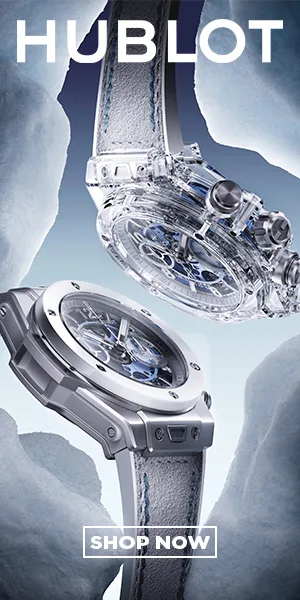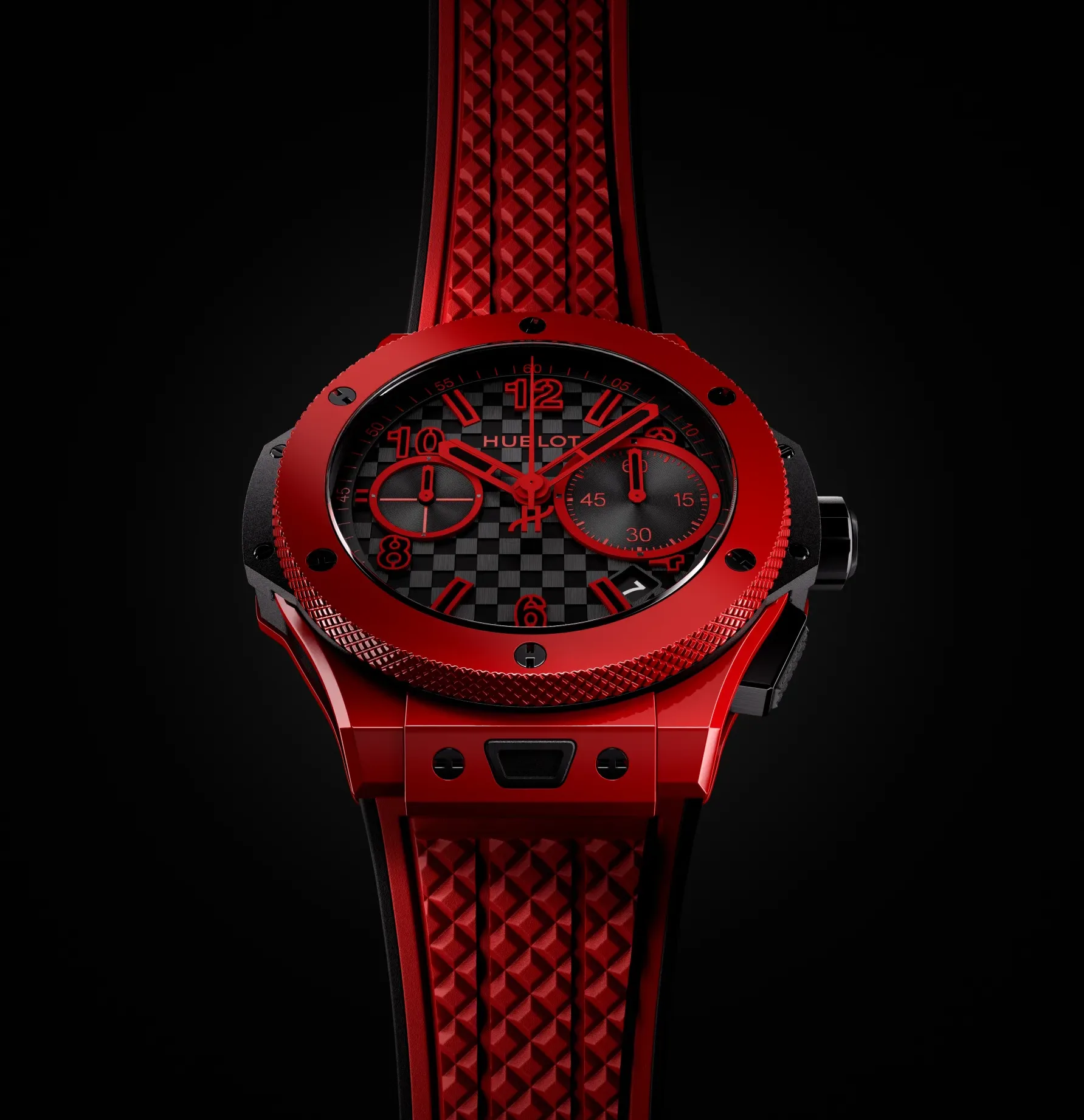By Jovan K and Harlan Chapman-Green
One of the many things we did on our trip to Chopard back in March was to sit down with one of the key figures, Mr. Karl-Freiderich Scheufele, and ask him some questions regarding the company, his personal history and other interesting points. It was great to be able to sit down and have a relaxed and informal conversation that provided us, and now you, some insight into the workings at Chopard. We understood that, being the week before Baselworld, his schedule would be extremely chaotic and so we would like to thank him once again for taking the time to speak to us. You can read our interview below or catch up with some of our coverage by entering ‘Chopard’ into the search bar, but make sure you don’t miss this!
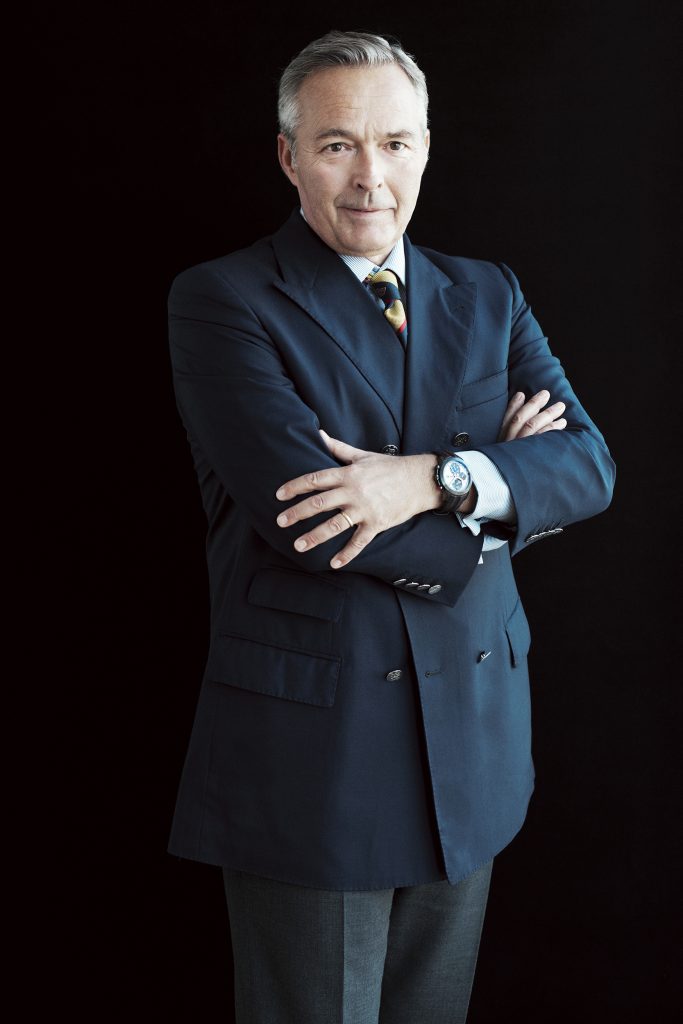
Mr. Karl Friedrich Scheufele
Can you tell us more about yourself and your background in the industry?
Well, Chopard is as most of you probably know, a family business founded in 1860 and my father took it over in 1963, I joined the business about thirty years ago. So I’ve been working at Chopard for quite some time and I was happy to contribute to the development together with my sister over the years. We went from a group of about three hundred employees to about two thousand employees today. On the way we’ve made a lot of progress in terms of vertical integration and in terms of the manufacturing. I believe that you’ve seen the manufacture and the manufacture that I founded in 1996 was really a big addition to the company in terms of becoming independent and creditability to the brand. Within twenty years we have added eleven base calibers to our offering and we have developed many complications and, obviously, we have also revived the watchmaking spirit of Chopard which started back in 1860.
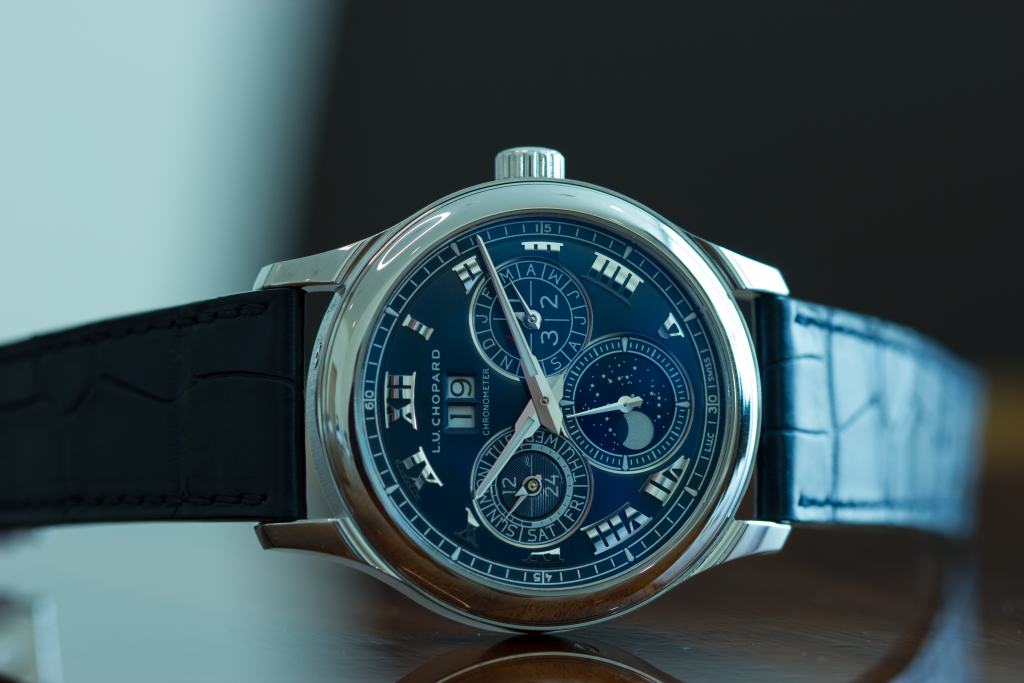
What are your goals for the company over the next few years?
First of all Chopard should remain a family company as we are set up today. We want to remain among the top brands as we are already. We also want to continue to innovate in every aspect of our business. The latestand probably best example is the L.U.C. Full Strike which we presented last year and along this line we want to continue. It is not about producing as many watches as we can, but rather about ever increasing our quality and customer satisfaction.
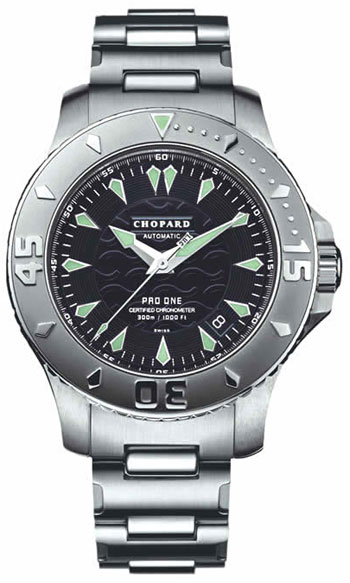
The diver’s watch market is one of the largest markets at the moment but we don’t really see a lot of those kinds of watches from Chopard, is there a particular reason for this?
Well, if you look a little bit back you saw there was a diver’s watch in the L.U.C collection and it was the
L.U.C. Pro One. We wouldn’t exclude another edition of this watch which I believe appeared too early on the market. In fact I heard recently that some collectors were looking to buy one on the second hand watch market so this inspires me to go back to the drawing board and look at a new development, I particularly like that watch myself.
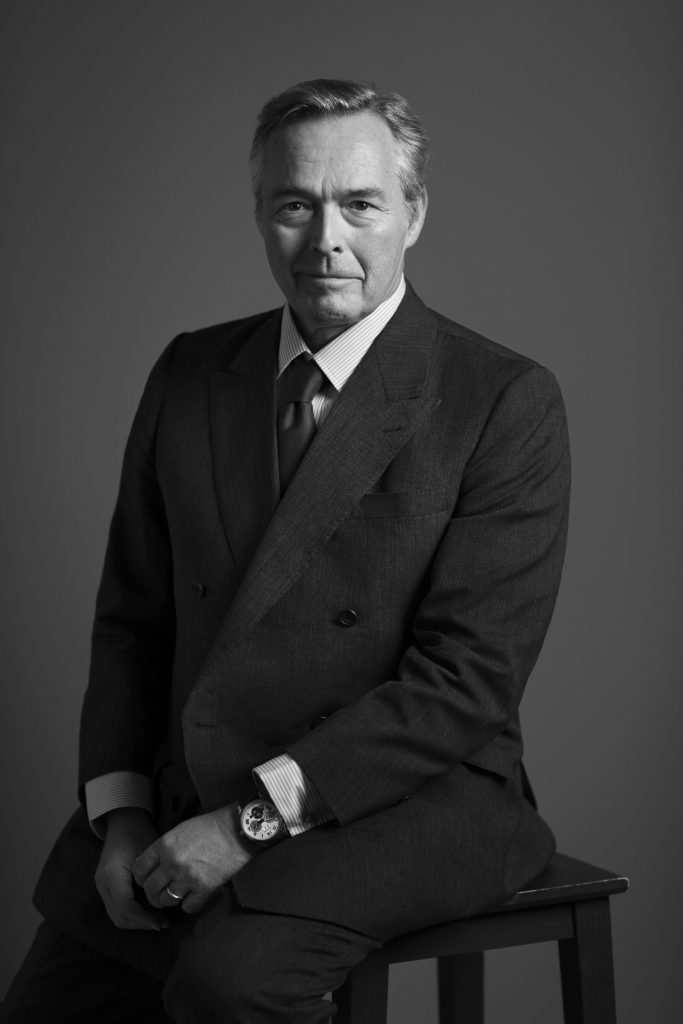
What do you think will be the biggest challenges for Chopard over the next few years?
I think that one of the challenges will be that Chopard, as well as others, will want to make sure that the younger generation, the next generation, is also watch conscious and appreciates mechanical watches in particular. We want them to get excited about wearing watches and not only worry about the next electronic gadget that’s coming onto the market.
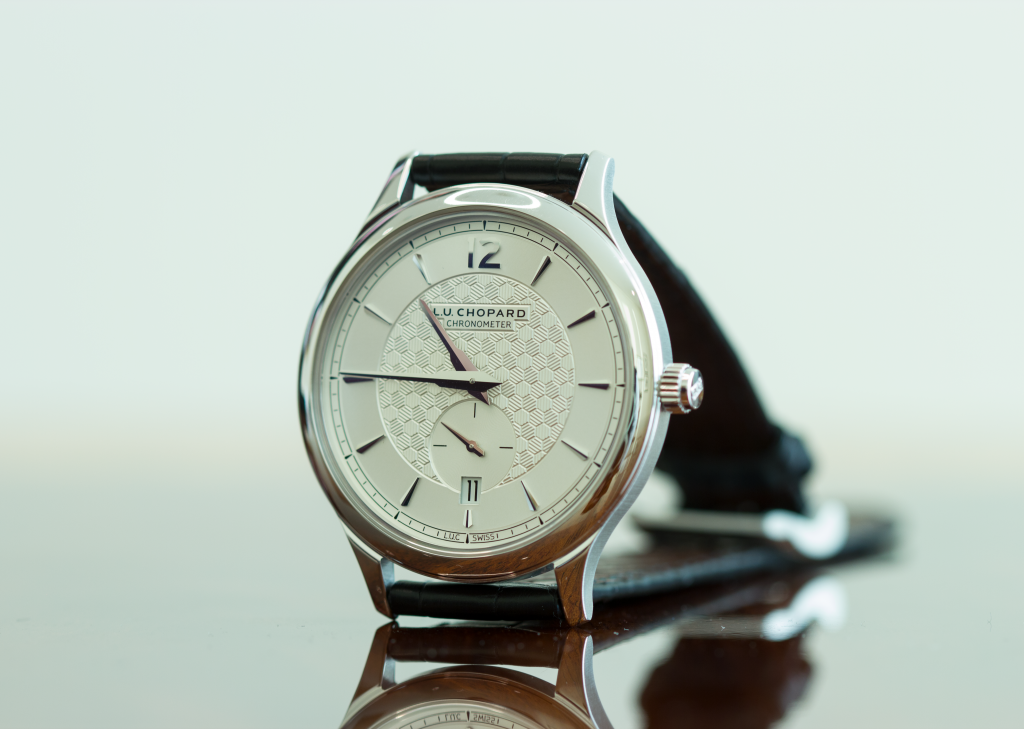
What did you think about this year’s Baselworld collection?
Well, this year’s Basel lineup we showed a number of exciting novelties. One watch that I particularly like is where we re-edited an L.U.C. with what we call an officer case with a back that you open by pushing a button and the movement reveals itself. We also introduced a new Mille Miglia anniversary special edition in 18 carat rose gold: the Mille Miglia Classic XL 90th anniversary limited edition. It is equipped with a very nice L.U.C. chronograph movement inside.


